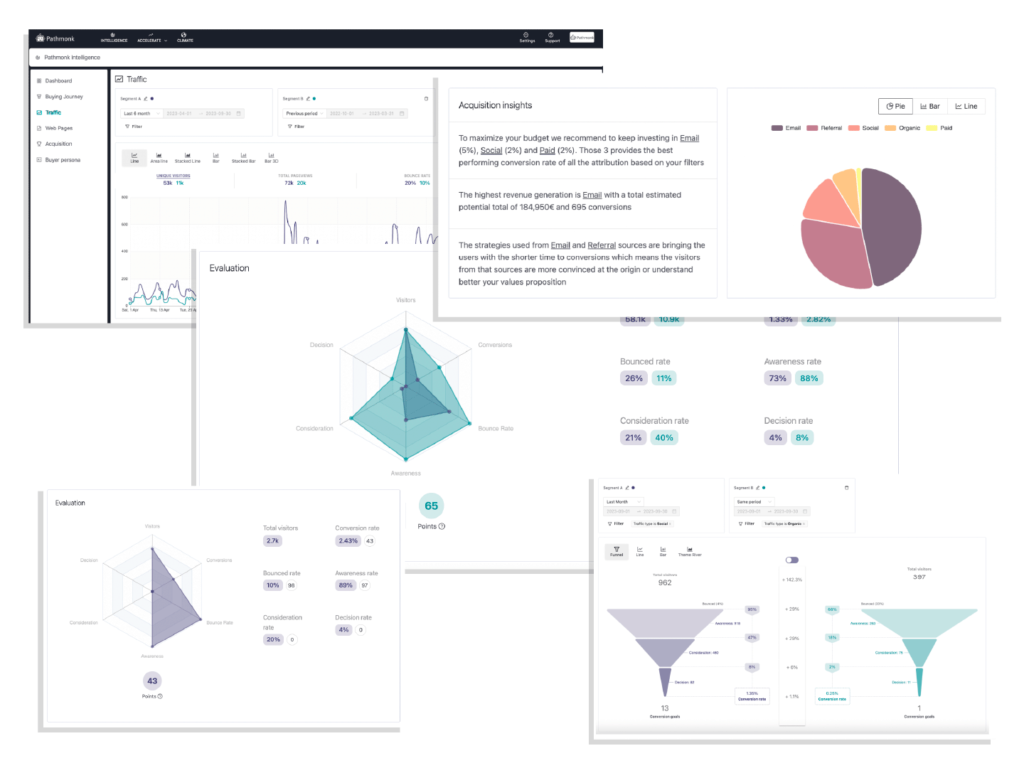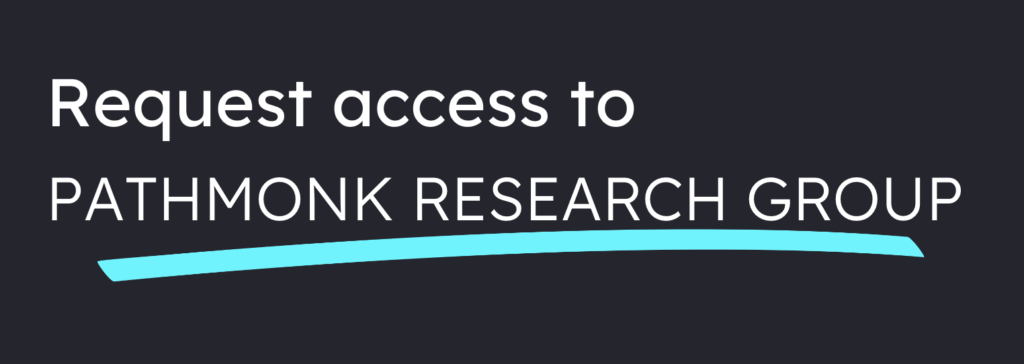What Does Qualifying Leads Mean in 2020?

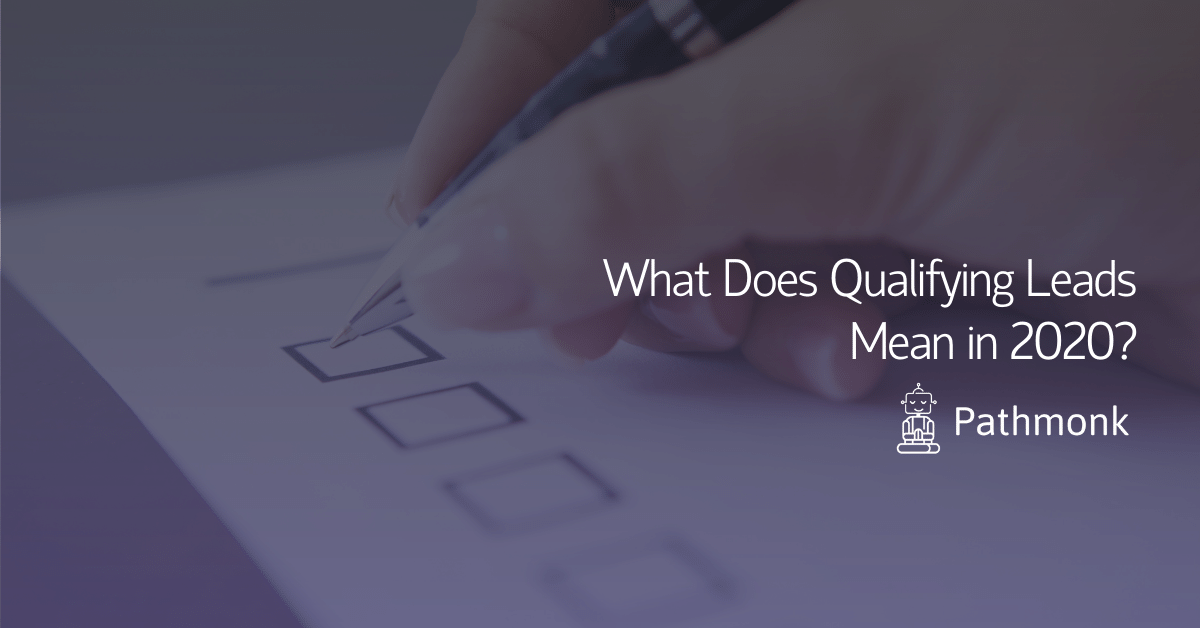
As a crucial step in the B2B sales process, lead qualification can make or break your entire sales efforts.
Qualifying leads as a discipline is continuously changing. Even if you’ve been in sales for a long time & even if you tried and tested many of the qualification frameworks like BANT, MEDDIC, PACTTFAINT, or CHAMP it still is crucial to stay current on the best qualification practices.
While lead quality has long been a point of tension between Marketing and Sales, it’s about time to turn this tension into opportunity. In this article, we’re going to look at what lead qualification means in 2020.
The Theory
The Glue Between Marketing & Qualifying Leads
The theoretical concept of qualifying leads that we are all aware of consists, at least of, these lead stages:
- Marketing Qualified Leads (MQL): A lead that has achieved a specific lead score based on a predetermined set of criteria and is ready to be handed over to sales
- Sales Accepted Leads (SAL): Leads reviewed and accepted by Sales for further follow up
- Sales Qualified Leads (SQL): Leads that convert into opportunities through sales qualification
Sales Accepted Leads (SAL) have been in focus even back in 2010. In theory SAL is the glue that binds Sales and Marketing when it comes to lead generation.
Many of the qualification infographics will show you that SAL is what brings Sales and Marketing together in attaining mastery of B2B lead generation. So far the theory.
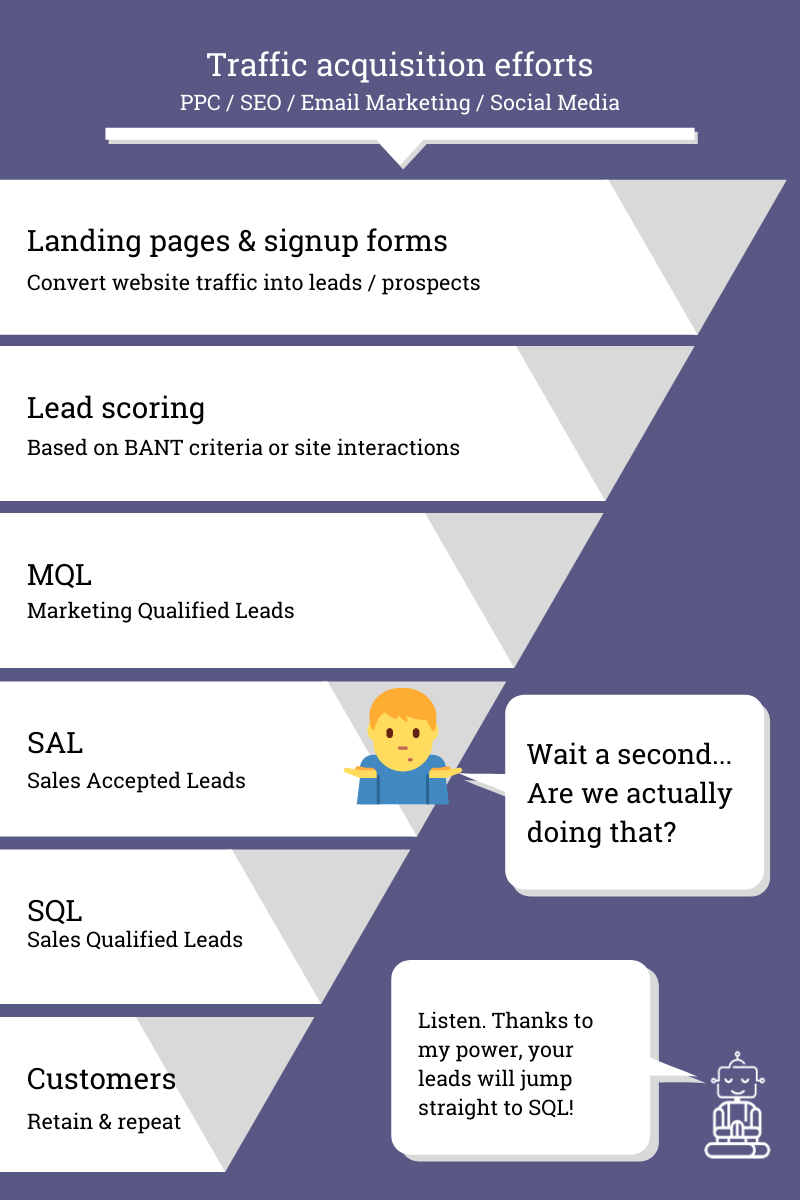
The idea is that the way to make qualification between Sales & Marketing work, is to introduce Sales Accepted Leads. A Sales Accepted Lead should meet specific predetermined criteria that are developed in collaboration between Marketing & Sales. Those leads are only then passed to Sales if they meet those criteria. Sounds good…
Sales Accepted Leads require Sales and Marketing to put their heads together and agree on criteria that clearly identify when a lead is ready to be handed over. We are talking about a job that requires first or second-line management involvement, such as a CMO sitting down with the SDR team manager or a Regional Sales VP to determine the parameters that make solid a SAL:
- Is the lead’s company within our ICP?
- How many times did the lead visit our website?
- How many times did the lead interact with our content?
- Which product or service did the lead interact most with?
- Did the lead interact with any type of support material? What questions did he/she read or ask?
- Do we know the expected deal value?
These are the types of questions that can unlock a unified qualification between Marketing & Sales….
The Cost of Skipping Qualification Stages
Before we go deeper let me give you a small reminder. You know that spending time on unqualified leads is only costing you money. Investing too much on leads early on, before they have been qualified is simply a mistake. You know that already. How much time can you afford to spend on the phone? How many demos calls & meetings can you afford with a single lead who then turns out to be a lead that should have been disqualified?
I will save you the time to keep on going on and on about that. You can actually make the calculations yourself based on your number of MQLs, number of 15 min qualification calls and number of 1 hour demos that go nowhere (due to a gap in qualification) and your sales team’s salary per hour. To say the least, it’s mind boggling expensive.
Free AI-Powered Buying Journey Toolkit
Learn how to optimize your buying journey and speed up your revenue with top strategies and invaluable resources.
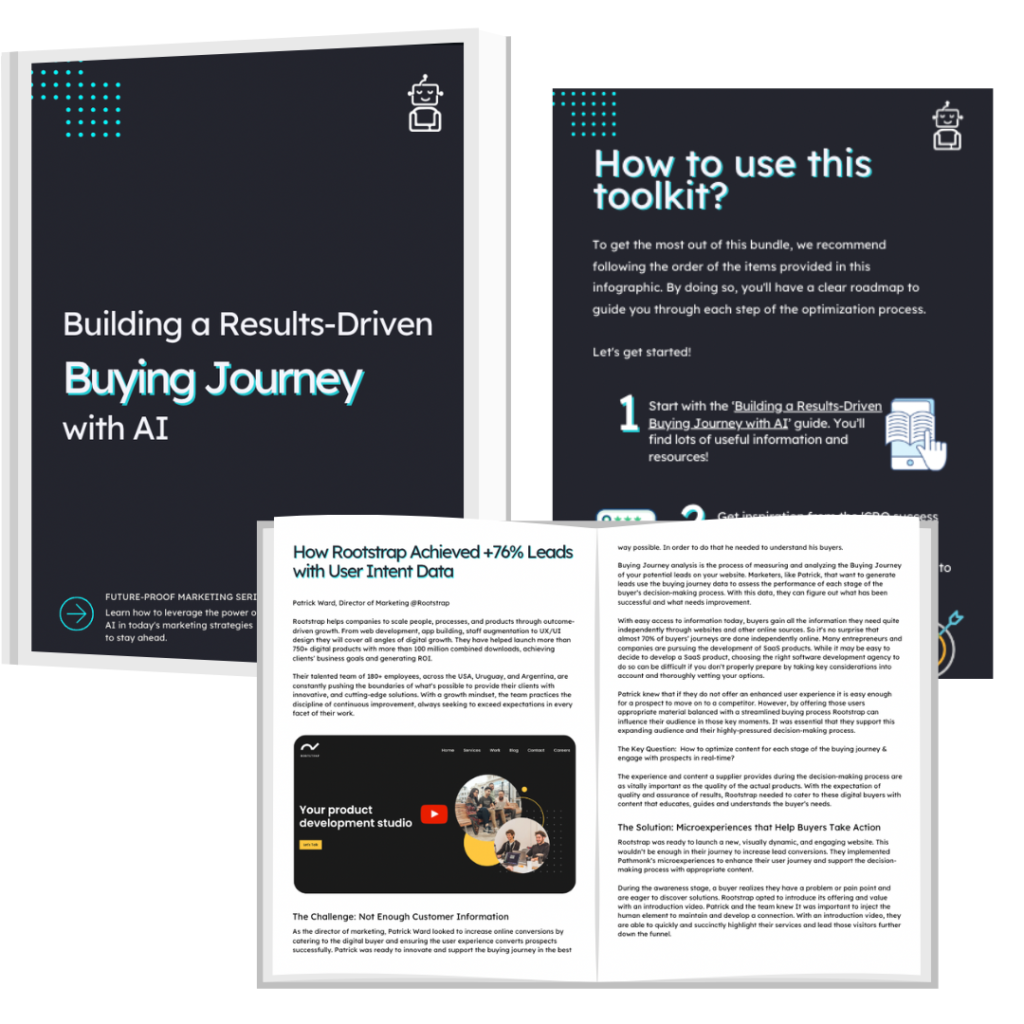
The reality
The most common pitfall
So what’s the theory of fluid Marketing and qualifying leads collaboration? What does reality look like?
I am curious about what you have experienced? Many of the Sales and Marketing teams we know dismiss the SAL stage altogether because it is simply too time-consuming. There is a large gap when it comes to the reality of day-to-day lead qualification handover. Even today sales experts & marketing leaders are feverishly discussing why Marketing and Sales haven’t found their common force to revenue yet: the one commonly qualified lead.

Why is that? It shows that many demand generation goals (and financial incentives) are tied directly to the MQL count. So now MQL becomes a quantity race over quality process – just adding more and more noise into the Sales CRM.
At the same time Sales, in theory, is obligated with extra steps that don’t directly seem revenue-generating actions like having to officially accept a lead and following the agreed-upon acceptance procedure. You know what – most reps simply don’t do it. Can you really blame them – they want to sell!
The fact is that many leads are stagnant just because of disagreements of a lead stage between these two teams and the relationship between Sales and Marketing becomes sore. Actual alignment between the two requires well-articulated qualification criteria and the technology to make SALs identification a reality without any overhead on either the Marketing or the Sales side.
How to Get Sales Accepted Leads (SALs) Without Overhead
In order to identify SALs, Marketing needs look deep into analytics on things like website engagement and specific interactions on your content. At the same time Sales needs to examine things like the lead’s job function, company size, and industry. When they, together, determine that based on these factors, the lead is qualified, the lead is sales-accepted. Sounds amazing in theory, but as we saw this step is skipped most of the time because it just requires too many extra steps.
As the unified qualification model needs become the norm, a much tighter integration of the Sales and Marketing Qualification process only makes sense. Getting to the unified qualification stage is vital to the sales process, but it doesn’t have to be complicated – not anymore at least.
At Pathmonk we took this challenge to heart. Now each lead that signs up on your website and gets to your sales team is already, by default always and ever, Sales Accepted. How should that work?
Let me give you a quick overview.
Pathmonk’s AI Web Assistant is the missing glue that you have been reading about in all the articles about MQLs, SALs and SQLs. Now a lead that signed-up on your website will automatically come with all the information that otherwise would take your Marketing & Sales teams too much time to puzzle together. On top of pulling all the SAL requirements the AI Web Assistant will – already on the website – route the leads according to the level of qualification either straight to your sales rep’s calendar or for example into your Marketing nourishing campaigns. Practically doing the work that Marketing & Sales should do for a unified qualification process. A lead now comes with:
- Full firmographic overview
- Full lead contact information
- A deep understanding of how the lead used your website
- How many visits
- How many interactions with your content
- The products, service or purchase plans they are most interested in
- The estimated interest in your product
- The likelihood of purchase
This looks like Marketing and Sales collaborating on steroids.
How to Get Sales Qualified Leads (SQLs) Without Overhead
We know there is one more step in lead qualification that eats Sales time, namely getting a Sales Accepted Lead to a Sales Qualified Lead or in other words having to do the discovery call.
So what do you do? If you can, you hire Inbound SDRs to follow up on each SAL emailing and calling until the lead is finally a qualified opportunity. Usually a process that stretches over a couple of days while the lead starts to cool off…
“Tell me what the Web Assistant has in stall for this last step?” Glad you ask!
Pathmonk’s Web Assistant can take on the full discovery process already with the website sign-up supporting whichever framework you prefer – no matter if you are a BANTer, a FAINter or a CHAMPer or if you even have created your custom qualification framework. In a matter of a few clicks (rest in peace lengthy Demo Request forms!) your leads get Sales Qualified – no SDR call required to find an opportunity.
What Does Qualifying Leads Mean Today?
So what does qualifying leads mean in 2020? It means to fill the gaps and speed up the qualification process at the same time:
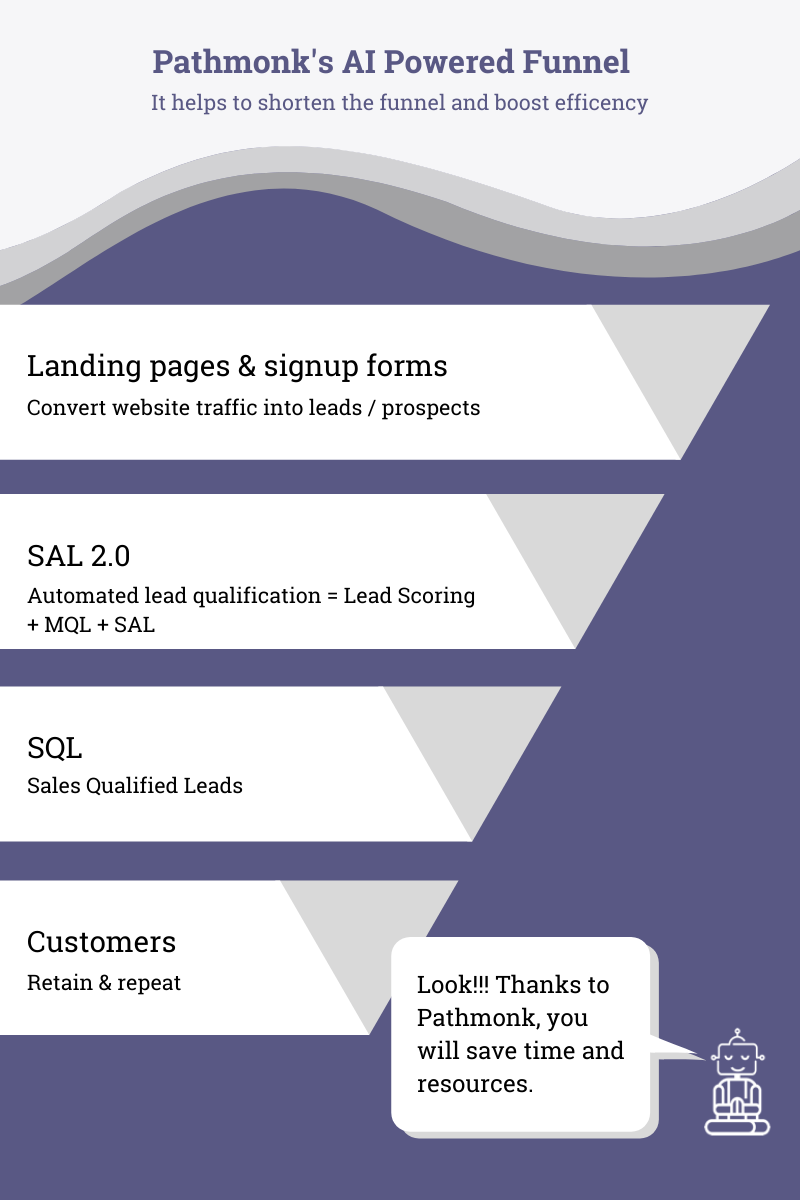
It boils down to getting Sales and Marketing on a common path without relying on them to do any extra actions. Each of them already have enough on their plates – make it as easy as possible for them to be aligned. The easiest way is to not rely on them doing the extra mile but rather letting a commonly agreed lead qualification framework run on autopilot.
To summarize – lead qualification today means:
- Making a unified lead qualification (SAL) your standard without overhead
- Getting to SQL already with the website sign-up without extra cost & delays
Intuitive Cookieless Analytics for Your Web
Understand your customer journey, find drop-offs, and receive actionable insights with AI.
